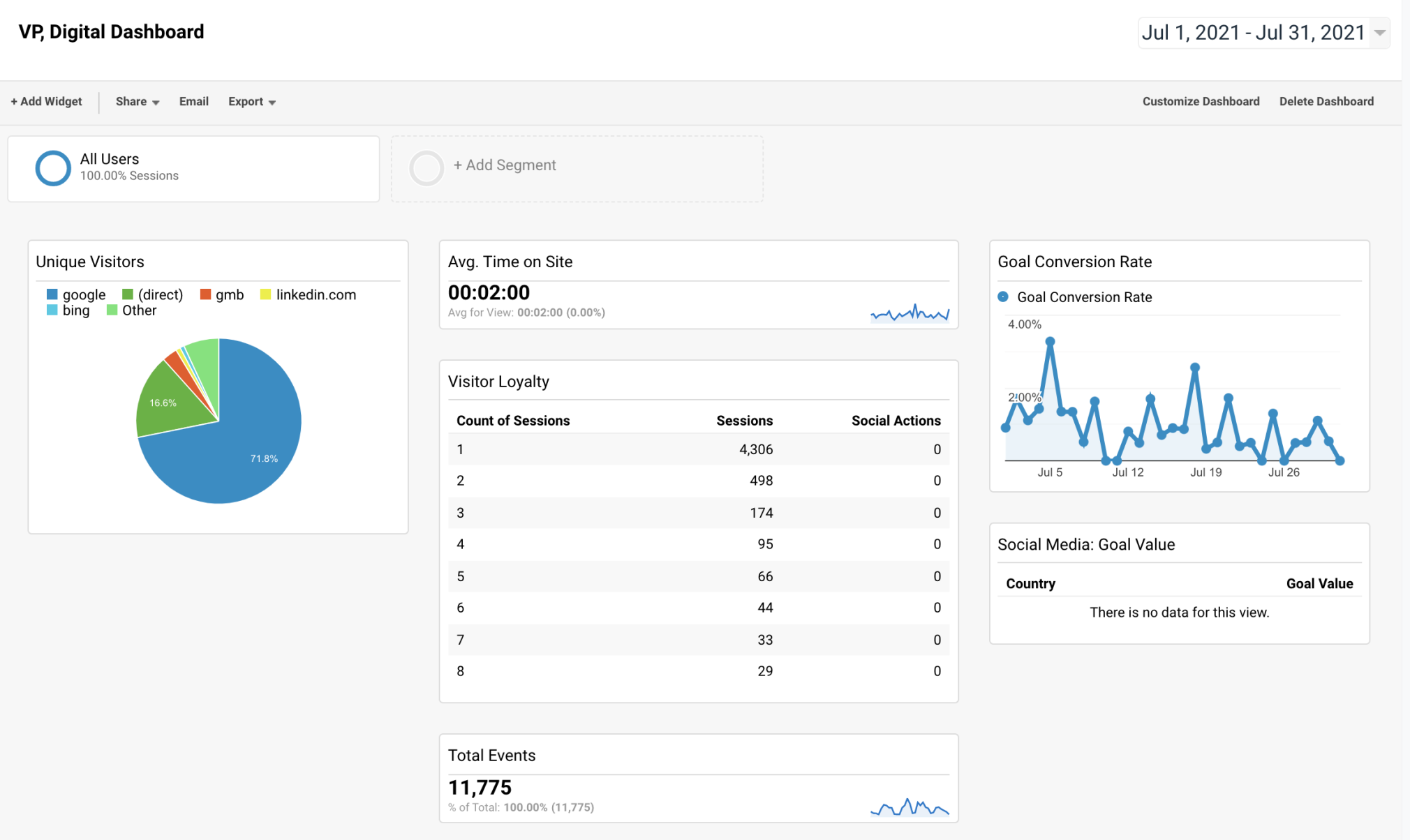Data-driven marketing strategies are becoming increasingly popular among businesses of all sizes. The ability to make decisions based on data-driven insights can lead to improved marketing effectiveness and efficiency.
A Google Metrics Dashboard can be used to track key metrics and visualize data, enabling businesses to make informed decisions about their marketing strategies. This article will discuss the benefits of using a Google Metrics Dashboard for data-driven marketing strategies.

Data Visualization
One of the major benefits of using a Google Metrics Dashboard is that it enables businesses to visualize their data in an easy-to-understand format. By visualizing data, businesses can quickly identify trends and patterns in their data, allowing them to make better decisions about their marketing strategies. The dashboard also enables businesses to easily compare their data against competitors’ data and industry benchmarks.
Real-Time Monitoring
Using a Google Metrics Dashboard also allows businesses to monitor their data in real-time. This enables businesses to quickly identify changes in performance and adjust their marketing strategies accordingly. The dashboard also enables businesses to monitor multiple data points at the same time, making it easier to identify correlations between different metrics.
Efficient Analysis
The Google Metrics Dashboard also makes it easier to analyze data. The dashboard enables businesses to quickly identify key trends and patterns in their data, enabling them to make informed decisions about their marketing strategies. The dashboard also provides businesses with the ability to track different data points at once, making it easier to analyze correlations between different metrics.
Time-Saving
Using a Google Metrics Dashboard can also save businesses time. The dashboard enables businesses to quickly analyze data and identify trends and patterns, making it easier to make decisions about their marketing strategies. The dashboard also enables businesses to monitor multiple data points at the same time, making it easier to track changes in performance over time.